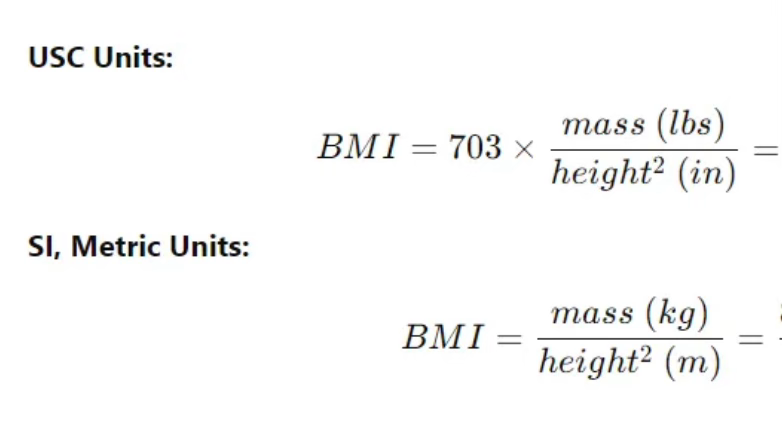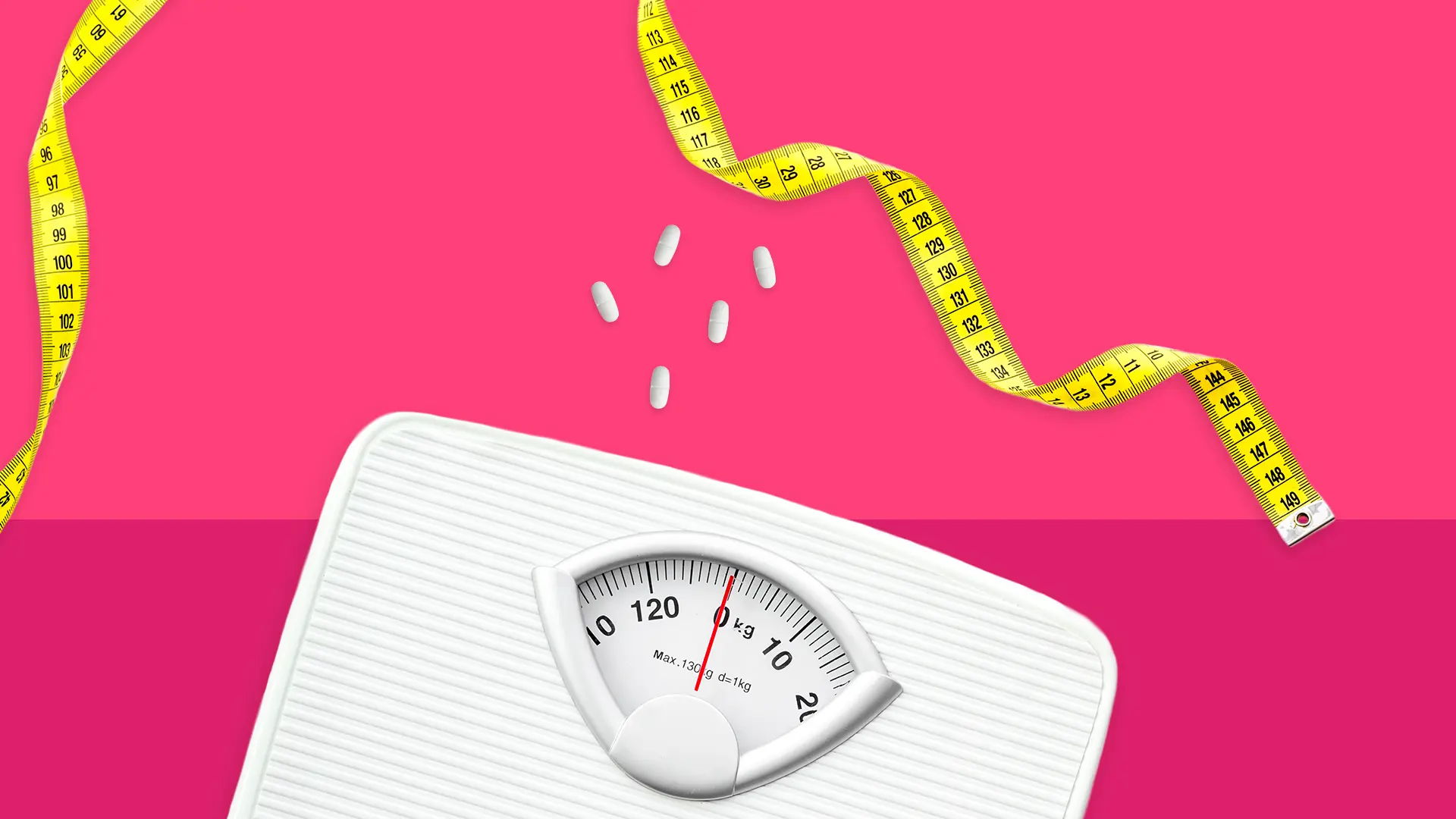
Understanding Body Mass Index (BMI): Is It Still a Useful Tool?

In the current times of precision medicine, where genomic profiling, wearable health trackers, and AI-driven diagnostics are redefining how we take wellness and what are its metrics?
it’s easy to question the relevance of older metrics.
So ,Body Mass Index (BMI) becomes a crucial parameter , it was devised in the 19th century and it still anchors many clinical protocols, fitness screenings, and public health guidelines.
Despite its simple nature , BMI is still undoubtedly used by physicians, nutritionists, researchers, and insurers to assess obesity risk, predict chronic disease, and categorize body weight across populations. But in a world that now embraces personalized health metrics like body fat distribution, lean mass percentages, and metabolic biomarkers, is BMI still holding its ground? That is a question which comes in our mind…
Has BMI become an outdated , overly generalized tool that oversimplifies human physiology?
This article explores the clinical validity, strengths, and critical limitations of BMI in today’s health landscape.
We’ll clearly dissect where it still offers value, where it falls short, and how it fits into a more holistic, evidence-based approach to body composition and long-term health.
What Is BMI and How Is It Calculated?
BMI is a statistical index that estimates body fat based on an individual’s weight and height:

Classification Guidelines:
- Underweight: < 18.5
- Normal weight: 18.5–24.9
- Overweight: 25–29.9
- Obese: 30 and above

- Src-bmi dr harsh
These classifications—recognized globally by WHO and CDC help clinicians all over the world screen for potential metabolic or cardiovascular risks in individuals.
Why BMI Is Still a Useful Health Screening Tool
Despite criticism, BMI remains:
- ✅ Quick and cost-effective(most importantly)
- ✅ Standardized across populations(widely accepted)
- ✅ Correlated with risk of diabetes, hypertension, and cardiovascular disease(wide spectrum)
- ✅ Backed by decades of epidemiological data(prevalent since 19th century)
For clinicians, it’s often the first line of assessment that is a red flag for deeper testing, like lipid panels or insulin resistance evaluations.
But It’s Not a Perfect Indicator…
While BMI offers useful tips, it doesn’t differentiate between fat mass and muscle mass. This can be problematic for:
- Athletes having high lean body mass.
- Elderly individuals with muscle loss and central obesity
- Different ethnicities, who may store fat differently(genetic predisposition)
A DEXA scan or body fat percentage test provides more precise insight into body composition.
Does BMI Work for Everyone?
BMI is a starting point, not a verdict. True health lies beyond the numbers.”
— Dr. David Katz, Preventive Medicine Specialist
BMI has a tendency to overestimate fatness in muscular individuals and underestimate it in those with low muscle mass. Still, it serves as a broad population-level guide.
Instead of dismissing it, use BMI in combination with:
- Waist circumference
- Fat distribution assessment
- Physical activity levels
- Diet and blood biomarkers
How Long Until BMI Reflects Change?
BMI changes only when body weight changes. But healthier body composition shifts (e.g., muscle gain, fat loss) may not move BMI drastically.
For example:
- A person may lose fat and gain muscle—with no change in BMI
- Visceral fat loss (most dangerous type) may not affect BMI significantly, but has profound health benefits
Is BMI Still recommended by doctors ?
Using BMI alone to assess health is like judging a book by its cover. It’s a single chapter in a much larger story.”
— Dr. Arya Sharma, Obesity Expert
Take it as a starting point, not a diagnostic measure.
Doctors and practitioners often use BMI to:-
- To screen for individuals with obesity-related diseases
- As part of insurance assessments
- To monitor weight trends over time
- In combination with tools like the Framingham Risk Score
Can BMI Be Improved Naturally?
Yes.
Anyone can use these BMI tips to shift their index in a healthy way:
🔑 Natural Strategies:
- Caloric balance with macronutrient control
- Resistance training to preserve lean mass
- Cardiovascular activity to mobilize fat
- Sleep and stress management to regulate hormones like cortisol and insulin
Remember: Weight loss isn’t always fat loss. Preserve muscle to improve health outcomes.
Remember-BMI might be able to measure your health status , but it can’t measure your worth, your effort, or your true health..
Pros and Cons of BMI — A Medical Perspective
| Pros | Cons |
| Universally accepted | Ignores fat distribution |
| Low-cost, non-invasive | Doesn’t assess lean mass |
| Predicts disease risk | Misleading for muscular or elderly patients |
| Easy to track over time | Not individualized |
Who Should Be Cautious with BMI?
Individuals who are :-
- Bodybuilders or athletes
- Post-menopausal women with sarcopenia
- People with eating disorders
- Pregnant individuals
- Children under 18 (special BMI-for-age charts used)
In such cases, BMI may lead to inappropriate health judgments or unnecessary anxiety.
FAQ: Understanding Body Mass Index (BMI)
What is Understanding Body Mass Index (BMI)?
It’s a numeric value derived from weight and height, used to estimate if a person is underweight, healthy, overweight, or obese.
Does Understanding BMI work for everyone?
Not perfectly. It’s reliable at the population level but has individual-level limitations.
How long until BMI shows results?
Changes in weight will reflect quickly, but composition improvements (muscle gain, fat loss) take 4–8 weeks to show measurable health results.
Is Understanding BMI doctor recommended?
Yes—as a screening tool, not a standalone diagnostic method.
Can Understanding BMI be done naturally?
Absolutely. Through balanced nutrition, exercise, and lifestyle optimization, you can shift your BMI healthfully.
What are the pros and cons of Understanding BMI?
Pros: simple, cost-effective, population data.
Cons: lacks specificity, misleading in some body types.
Is Understanding BMI safe for long-term use?
Yes, but use it as part of a broader health monitoring plan.
Who should avoid relying solely on BMI?
Those with high muscle mass, low bone density, or unique health conditions should combine BMI with advanced assessment tools.
Final Word: Still Relevant, But Use It Wisely
In the right context, BMI is still a useful clinical guide but it’s not a full diagnostic picture. It’s a launch point for further testing, conversation, and lifestyle change.
Use BMI as a screening compass, not a map.
It will guide you but not lead you …..
Looking for a better understanding of your health? Consider combining BMI with DEXA scans, waist-to-hip ratios, and biomarker evaluations to get the complete picture.
You may also like
Adding {{itemName}} to cart
Added {{itemName}} to cart



